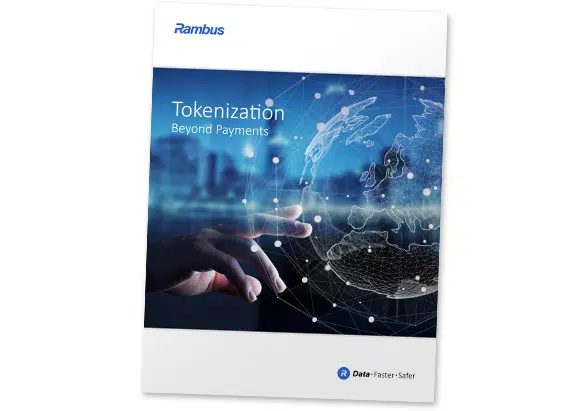
Tokenization has the potential to increase the security of a wide range of applications beyond payments, from healthcare to social security, logical access control and blockchain applications, Rambus explains in a new ebook which is now available to download from the NFC World Knowledge Centre.
“Tokenization can be used to mask any ID credential that provides a generic mapping of a specific identity, whether it is individual, corporate, device (eg IoT), or even a ticket,” the authors explain in Tokenization Beyond Payments.
“Blockchain and tokenization also have the potential to complement each other,” they add. “While tokenization protects the underlying credential, as well as allowing the user domain controls to determine where it may be used and how, blockchain can be used to protect the integrity of data-related records about the overall event that the token was involved in.”
The 12-page ebook starts by explaining what tokenization is, how it enables card numbers and other sensitive data to be replaced with a token and how this can be used to reduce security risks.
It then looks at EMVCo’s role in defining how tokenization works in the payments arena and how the standards body’s latest ‘Tokenization 2.0’ specification establishes a common framework that enables all players to support international and interoperable tokenization implementations.
The document then outlines how tokenization may be used in wider applications — to protect social security numbers and identity, in healthcare to protect medical records and patient IDs, in password-based access control and in blockchain applications.
Readers can download the ebook free of charge from the NFC World Knowledge Centre.
Next: Visit the NFCW Expo to find new suppliers and solutions